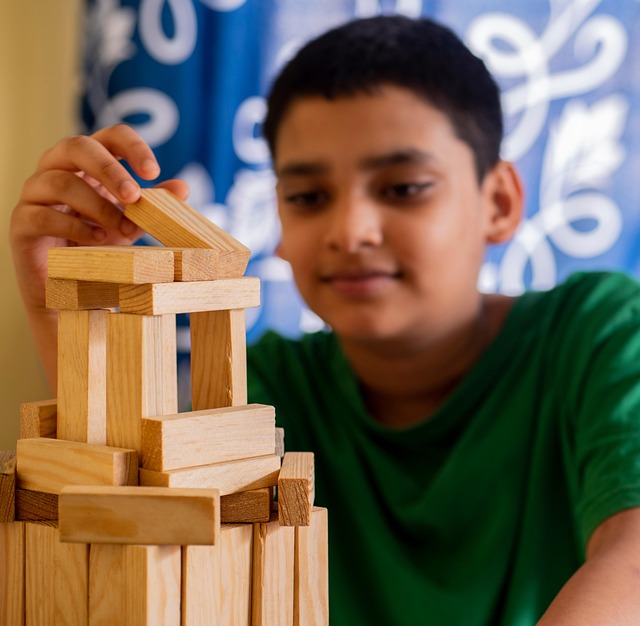
Navigating Conflict: The Power of Constructive Dialogue in Relationships
Conflict is an inevitable part of any relationship, whether with a friend, partner, or colleague. Our differences can sometimes lead to heated misunderstandings, but navigating through these turbulent waters using the art of constructive dialogue can transform conflicts into opportunities for growth and deeper connections.
Constructive dialogue doesn’t just mean talking things over; it involves listening with genuine intent, empathy, and an open heart. When faced with a disagreement, many people instinctively become defensive, often escalating tensions or resorting to silence. However, establishing a space where constructive dialogue can thrive requires preparation and a willingness to address sensitive topics without hostility.
One approach to initiating constructive dialogue is to focus on “I” statements instead of “you” accusations. For instance, saying “I feel hurt when…” rather than “You always…” shifts the focus off blame and towards personal feelings and impacts. This method encourages the other party to respond in a less confrontational manner, paving the way for more honest exchanges.
Additionally, embrace active listening. This means giving your full attention to the speaker, acknowledging their feelings, and validating their experiences. It’s vital to communicate, “I hear you,” which fosters an environment where both parties feel respected and valued. Such validation can defuse tempers and open the door to meaningful resolutions.
Another critical aspect of constructive dialogue is timing and setting. Choosing an appropriate moment and a neutral space allows for calmer discussions. It’s essential to steer clear of initiating serious talks during times of stress or when emotions are already running high, as this can lead to misunderstandings and a lack of receptiveness.
Setting intentions can also enhance the effectiveness of your conversations. Before diving into a discussion about the conflict, establish what you hope to achieve. Whether it’s seeking understanding, finding a compromise, or simply expressing your feelings, being clear about your goals can lead to more productive outcomes.
Moreover, practicing patience is paramount. Change doesn’t happen overnight, and sometimes multiple conversations are necessary to resolve deeper issues. Rather than expecting immediate solutions, be open to ongoing conversations that evolve over time. Recognizing this can alleviate the pressure and help all parties involved feel more comfortable expressing themselves.
Lastly, don’t underestimate the power of reflection. After a dialogue, take time to think about what was discussed, and how you could improve your communication next time. Asking for feedback and being willing to adjust your approach can create cycles of improvement in your relationship that lead to greater trust and understanding.
Utilizing constructive dialogue as a tool for navigating conflict not only enhances communication but also cultivates a deeper sense of connection and partnership. By focusing on encouraging openness and respect, we can truly begin to transform our relationships into resilient bonds, ready to weather any storm life may present.


